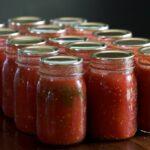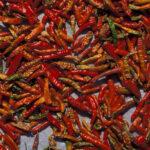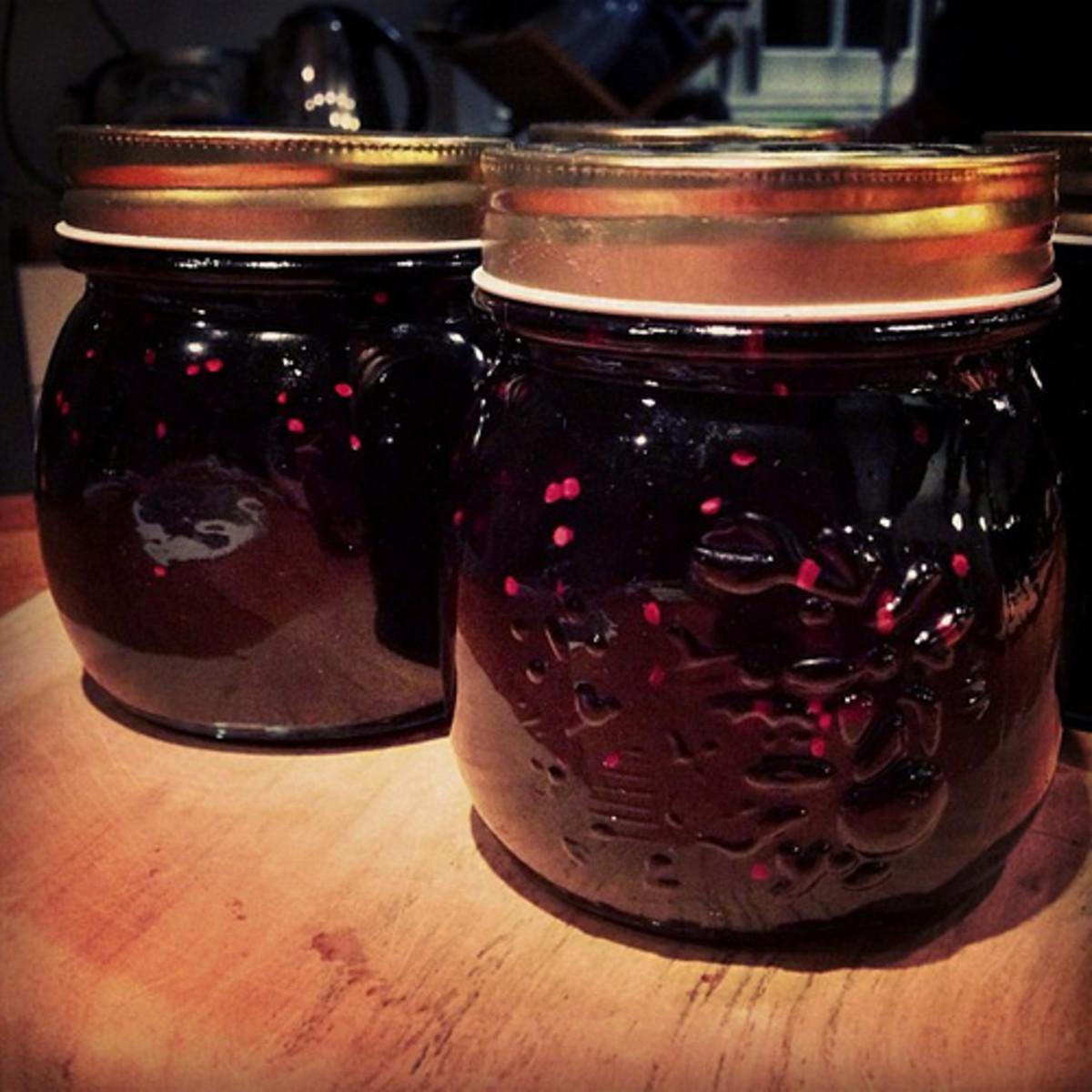Picking is a great way to preserve the bounty from your garden for later use. Not only does it keep your fruits and vegetables fresher for longer, but it also adds flavor and texture to your dishes. In this guide, we’ll go over how to pickle different kinds of food, so you can enjoy the taste of summer all year round.
How to Pickle

First, let’s go over the basics of pickling. Pickling is the process of preserving food by immersing it in a mixture of vinegar, salt, and spices. The vinegar and salt work together to prevent the growth of bacteria and yeast, while the spices add flavor. There are two main methods of pickling: quick pickling and fermentation pickling.
Quick pickling is the simpler of the two methods, and involves soaking the food in a vinegar-salt solution for a short amount of time, usually no more than a few hours. This method is great for crunchy vegetables like cucumbers, carrots, and green beans. Quick pickling is also the method you’ll want to use if you want to preserve the bright colors of your fruits and vegetables, as fermentation can cause them to discolor.
Fermentation pickling, on the other hand, is a slower process that involves leaving the food to soak in a mixture of salt, water, and sometimes sugar for several days or weeks. During this time, the bacteria in the mixture ferment the food, producing lactic acid and giving it a tangy flavor. Fermentation pickling is best suited to heartier vegetables like cabbage and turnips, and is also a great way to preserve fruits like grapes and peaches.
Now that you understand the basics of pickling, let’s look at how to pickle different types of food.
Cucumbers
Cucumbers are one of the most popular foods to pickle. To make quick pickles, slice the cucumbers and place them in a large jar. In a separate pot, heat together equal parts vinegar, water, and sugar. Stir in salt, spices like dill, garlic, and black peppercorns, and pour the mixture over the cucumbers. Let the cucumbers sit in the refrigerator for at least an hour before eating.
Carrots
Carrots are another great food to quick pickle. Slice or julienne the carrots and place them in a jar. In a pot, heat together equal parts vinegar, water, and sugar, along with spices like cinnamon, coriander, and mustard seeds. Pour the mixture over the carrots and let them sit in the refrigerator for a few hours before eating.
Green Beans
Green beans are a great option for quick pickling. Blanch the green beans in boiling water for a few minutes, then place them in a jar. In a pot, heat together equal parts vinegar, water, and sugar, along with spices like garlic, red pepper flakes, and bay leaves. Pour the mixture over the green beans and let them sit in the refrigerator for a few hours before eating.
Cabbage
Cabbage is a great vegetable for fermentation pickling. Shred the cabbage and place it in a large jar. In a separate pot, mix together salt, water, and any spices you like, such as caraway seeds, peppercorns, or mustard seeds. Pour the mixture over the cabbage and let it sit in a warm place for several days or until it has reached the desired tanginess.
Turnips
Turnips are another great option for fermentation pickling. Slice the turnips and place them in a large jar. In a separate pot, mix together salt, water, and any spices you like, such as coriander, dill, or mustard seeds. Pour the mixture over the turnips and let it sit in a warm place for several days or until it has reached the desired tanginess.
Grapes
Grapes can also be pickled using the fermentation method. Place the grapes in a large jar and mix together salt, water, and sugar. Let the grapes sit in a warm place for several days, stirring occasionally, until they have reached the desired flavor.
Peaches
Peaches can be pickled using the quick pickling method. Slice the peaches and place them in a jar. In a pot, heat together equal parts vinegar, water, and sugar, along with spices like cinnamon, cloves, and star anise. Pour the mixture over the peaches and let them sit in the refrigerator for a few hours before eating.
Conclusion
Picking is a great way to preserve the delicious flavors of your garden’s harvest. Whether you prefer quick pickling or fermentation pickling, there’s a method for every type of food, from cucumbers to peaches. With this guide, you’ll be able to enjoy the taste of summer all year round.
Keywords: pickling, preserve, garden, fruit, vegetable, vinegar, salt, spices, quick pickling, fermentation pickling, cucumbers, carrots, green beans, cabbage, turnips, grapes, peaches, lactic acid, how to pickle, how to pickle guide, guide for how to pickle, steps for how to pickle, how to pickle your garden, how to pickle your garden
Check out our Novel Writing Workbooks
Check out Little Tree Food Forest for articles on food forests and homesteading.
Check out FoodieScapes for articles on growing, fermenting and preserving food
Check out StoryScapes.World for articles on writing.
Subscribe to our newsletter to get information delivered to your inbox on edible landscaping, growing food and medicinal plants, growing mushrooms, foraging, fermentation, food preservation, raising small livestock, and more.










